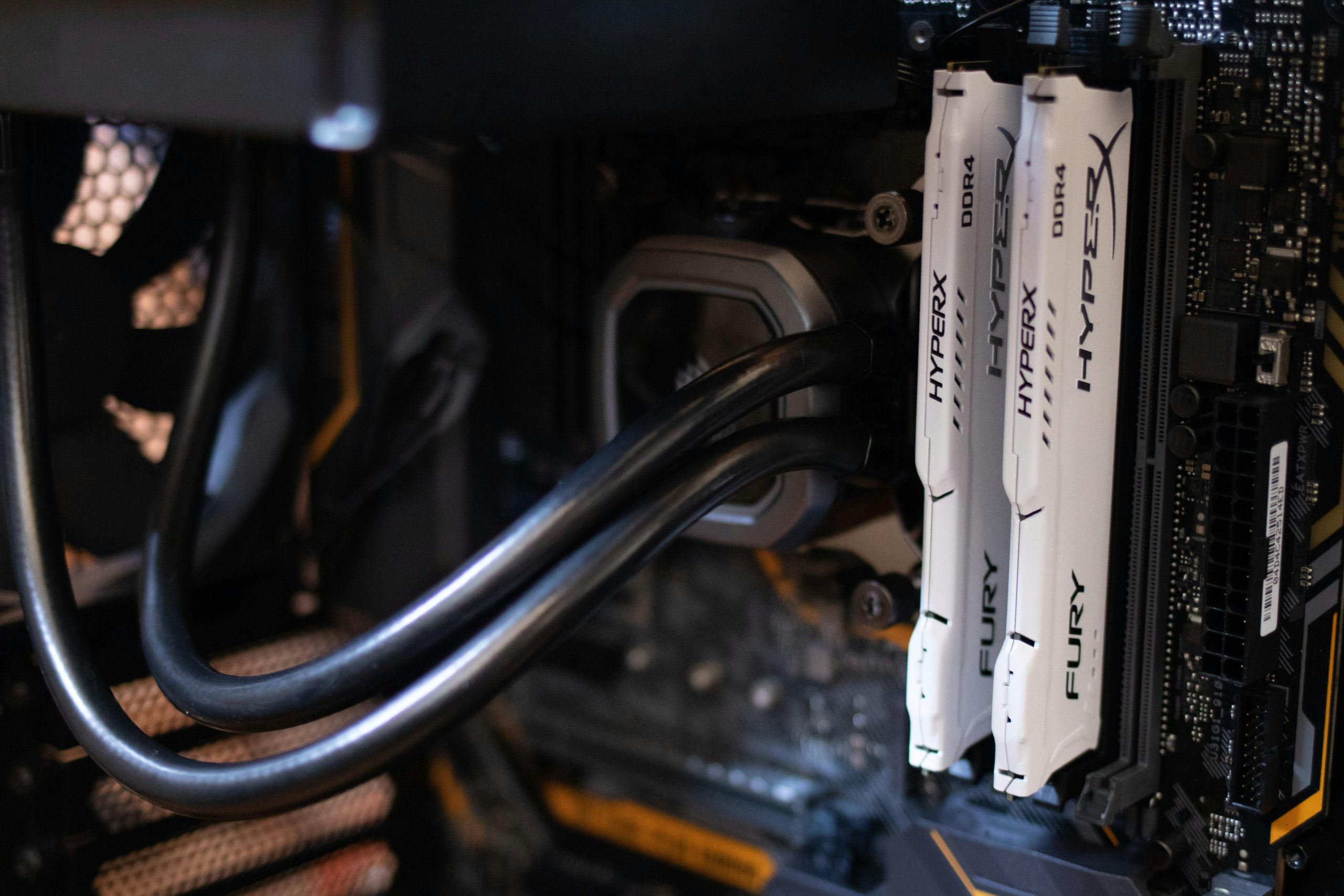Title: Troubleshooting Unexpected Storage Loss on Your PC: What to Do When Free Space Disappears
Many Windows users have encountered perplexing storage issues where their system’s available disk space dwindles unexpectedly, even when they haven’t intentionally downloaded or installed large files. If you’re facing a similar situation—where your PC’s primary disk is rapidly filling up without apparent cause—this article will guide you through understanding potential causes and practical steps to diagnose and resolve the issue.
Understanding the Issue
It’s common for users to observe their hard drive space decreasing gradually over time. In some cases, users might notice the storage dropping sharply without any recent downloads or installations. This can be confusing and frustrating, especially when you rely on specific disks for storage and are careful about where files go.
Scenario Overview
Consider a typical scenario: a user notices their primary drive’s storage is nearly full. They primarily save downloads to a secondary, larger disk, and after uninstalling some programs, they freed up around 20 GB of space. However, shortly after, they receive a low disk space warning with less than 200 MB remaining. Upon checking, they discover the drive has only about 169 MB free, despite not downloading anything new or installing large files recently.
Possible Causes for Unintentional Disk Usage
-
Temporary Files and System Caches
-
Windows and applications often generate temporary files that can accumulate over time.
-
Browser caches, system updates, and application logs can consume significant space.
-
Hidden or System Files
-
Automatic system restore points or shadow copies can occupy substantial space.
-
Windows Update files and cached update data may also take up disk space.
-
Background Processes and Software
-
Certain applications, like video players or design tools (e.g., Blender), may generate cache files or project autosaves.
-
Some processes may store files on the primary drive if default directories are set there.
-
Malware or Unwanted Software
-
Malicious software can create files or use system resources, leading to unexpected storage consumption.
Diagnosing the Issue
-
Use Built-in Disk Cleanup Tool
-
Access via Start Menu > Search for “Disk Cleanup.”
-
Select the primary disk and review the categories of files that can be safely deleted.
-
Check Storage Usage with Windows Settings
-
Navigate to Settings > System > Storage.
-
Examine which file types and folders are consuming the most space.
-
Explore Hidden Files and Folders
Share this content:

